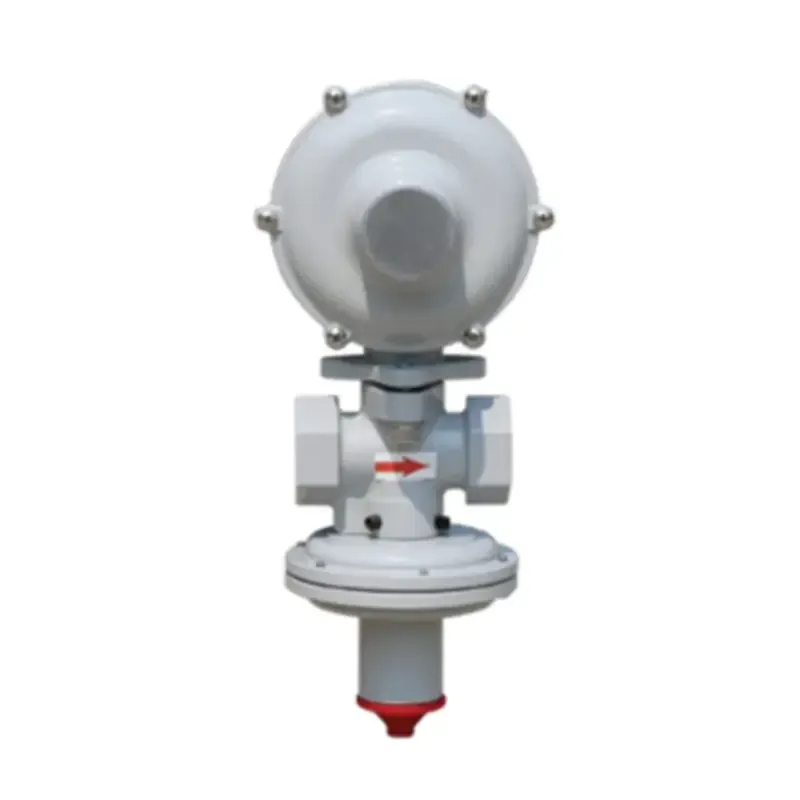
10 月 . 05, 2024 01:03
Back to list
Pressure Relief Valve Selection and Maintenance Guide for Optimal Performance
Understanding Pressure Relief Valves
Pressure relief valves (PRVs) play a crucial role in various industrial applications, ensuring safety and reliability in systems that handle gases and liquids. These devices are designed to automatically release pressure when it exceeds a predetermined threshold. This is vital because excessive pressure can lead to equipment failure, explosions, or hazardous leaks, posing significant risks to both personnel and the environment.
.
There are different types of pressure relief valves, including spring-loaded, pilot-operated, and rupture disc valves. Spring-loaded valves are the most common and employ a spring mechanism to keep the valve closed until the pressure surpasses the set point. Pilot-operated valves, on the other hand, use a small pilot valve to control a larger valve, providing greater sensitivity and control. Rupture discs are a non-reclosing type of PRV that provides a one-time failure mode, designed to burst at a specific pressure level.
صمامات تخفيف الضغط

The selection of an appropriate PRV is critical and depends on various factors, including the type of fluid, operating pressure and temperature, flow rate, and the specific application. It's essential to carefully calculate the set pressure, which is the point at which the valve will begin to open. This set pressure must be lower than the equipment's maximum allowable working pressure (MAWP) to ensure safety.
Regular maintenance and testing of pressure relief valves are also crucial to ensure their functionality. It is essential to inspect these devices for wear and tear, corrosion, or blockages that could impede their operation. Routine testing should be performed to verify that they open at the designated set point and fully reseal once the pressure drops back to normal levels.
In conclusion, pressure relief valves are indispensable safety devices in various industries. They prevent overpressure situations that could lead to catastrophic failures and ensure smooth operation within pressure-sensitive systems. By understanding their function, types, and maintenance requirements, operators can enhance safety and efficiency in their processes. As technology evolves, the design and functionality of PRVs continue to improve, making them even more effective in protecting both personnel and equipment.
Latest news
-
Unlocking The Quality Gas Pressure ReducersNewsNov.01,2024
-
The Role of Gas Pressure Reducing StationsNewsNov.01,2024
-
The Importance and Functionality of Safety Relief ValvesNewsNov.01,2024
-
The Essential Role of Safety Valves in Natural Gas ApplicationsNewsNov.01,2024
-
The Essential Role of Gas Pressure RegulatorsNewsNov.01,2024
-
Enhance Your Premium Gas FiltersNewsNov.01,2024

